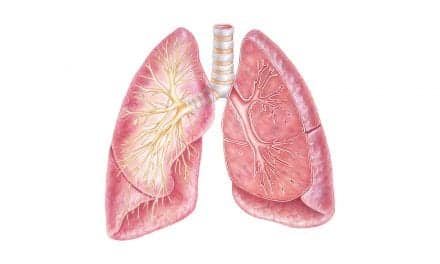The World Health Organization (WHO) has recently announced a plan in which tuberculosis (TB) will be eliminated from 33 countries and territories where there are less than 100 cases per million population, including the US.
Tuberculosis is the second greatest killer due to single infectious agent worldwide, with a reported 1.3 million people dying from the disease in 2012 and 8.6 million falling ill.
Specifically, WHO outlines a preliminary phase where the goal is to have fewer than 10 new TB cases per million people per year in the target countries by 2035. After this target has been achieved, the aim will be to reach full elimination by 2050: less than 1 case per million per year.
The framework was developed with experts from countries with low rates of TB, using the recent WHO global TB strategy as a foundation. There is a focus on approaches that have already proven to be successful in treating TB, and eight interventions are highlighted specifically by the framework:
- Ensure funding and stewardship for planning and services of high quality
- Address most vulnerable and hard-to-reach groups
- Address special needs of migrants; cross-border issues
- Undertake screening for active TB and latent TB infection in high-risk groups and provide appropriate treatment; manage outbreaks
- Optimize multi-drug resistant TB prevention and care
- Ensure continued surveillance and program monitoring and evaluation
- Invest in research and new tools
- Support global TB control.
Click here to view original web page at www.medicalnewstoday.com









